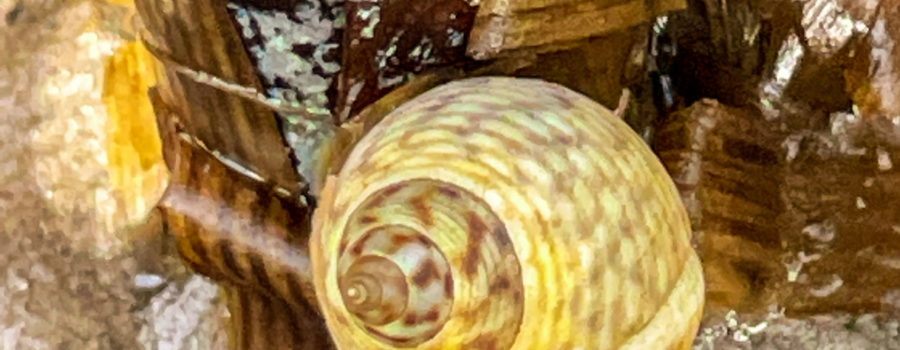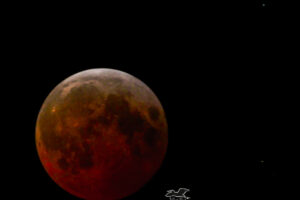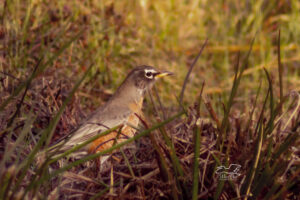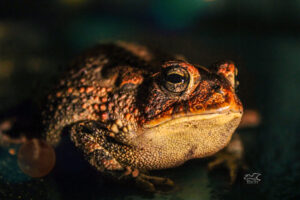This Interesting, Clever Little Snail Actually Farms it’s Own Food

Okay, okay so it’s a snail and almost certainly not terribly clever, but still, it’s pretty cool that this snail actually does grow some of it’s own food. We’ll get into that in a little bit, but first I want to give you some background on these snails. They are marsh periwinkles (Littoraria irrorata), and they live exclusively in salt marshes. Salt marshes are a unique type of habitat that occur in coastal areas that are affected by the ocean tides. During high tide, the whole area is flooded with salt water, but by low tide all the water has drained back out to sea, leaving a muddy bottom, but little or no standing water. These areas are very flat and usually covered mainly in marsh grasses with only occasional trees. There may be shallow waterways that run through the area at low tide, but they are covered at high tide.

Marsh periwinkles are found from southern Connecticut south through Florida on the Atlantic coast and west into Texas on the Gulf coast. They are vegetarians that eat algae, dead and decaying marsh grass leaves, and fungi. They in turn may be eaten by blue crabs, diamond back terrapins, some species of fish, and the crown conch among others. During low tide marsh periwinkles crawl along the ground feeding on algal mats and dead leaves, but as the tide comes in they climb the stalks of the marsh grasses to get up out of the water and avoid their predators. It is while they are up on the grass stalks that they do their “farming”. As they climb the stalks they use their rough tongue, called a radula, to puncture small holes in the stalks. They then spread fecal material into those holes to encourage the growth of fungal organisms, which are their favorite food. When these snails are eating algae off of the grass stems, they are helpful to the grasses, but when they do their “farming”, they cause damage to the grasses. Under normal circumstances the grasses and the snails live pretty harmoniously, but when there is an overgrowth of snails, they can cause serious damage to the delicate marsh grasses.

Part of what helps to keep the balance between the grasses and the marsh periwinkles is that the snails also have some non aquatic predators. Raccoons and foxes definitely take their toll on the marsh periwinkles, but their main non aquatic predators are birds. I encountered these snails when I was out at Fort Island Gulf Beach. I had gone out there to find birds, and although there are always birds out there, that afternoon there were quite a few more than usual. There was a beachgoer who was feeding some of the grackles and gulls when we first got there, but that’s not particularly unusual. It was after she left, and I was walking around at the edge of the marsh that I figured out why all the birds were around. They were feasting on the marsh periwinkles when not being offered tasty treats by humans. While I was wading out there, especially when I was following a young yellow crowned night heron, I saw both boat tailed grackles and several types of seagulls darting in and out of the grass with snails in their beaks. There did seem to be quite a few snails too, but I have to say that at least to a casual observer, the marsh grasses looked plenty healthy. It’s pretty amazing how nature manages to balance itself, if people don’t interfere too much.

If you enjoy beautiful nature photography and artwork accompanied by interesting, entertaining nature and animal related content, then this blog is for you! Sign up below to be the first to get new posts delivered right to your inbox!





Recent Comments